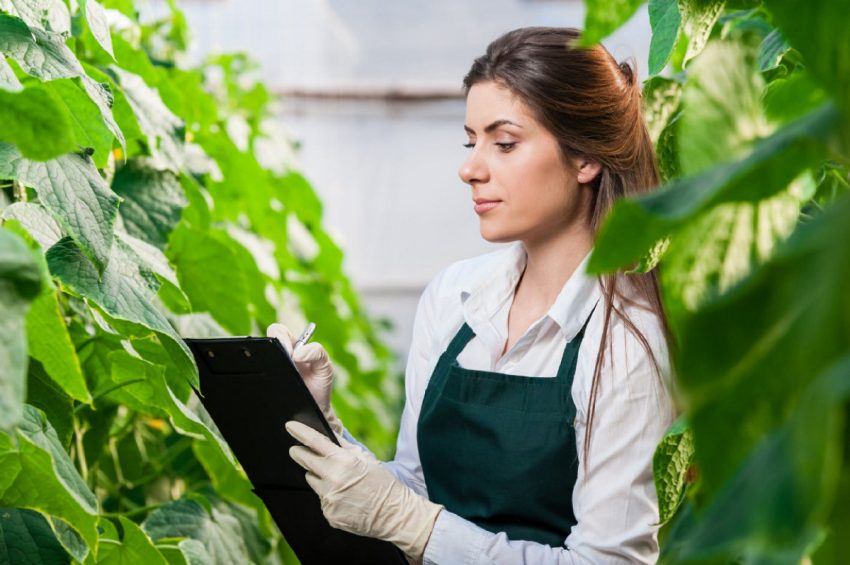When it comes to cultivating passion, energy and talent, Canada’s Master Gardeners are standouts.
Master Gardeners are dedicated to the art and science of gardening. And, with their generosity of knowledge and time — on public garden tours, at local horticulture societies, at small shows and big ones such as Canada Blooms and in various online forums — they help sustain a broader community of Canadian gardeners.
The term, or title, Master Gardener is not one that is simply pulled out of the air — or the soil. The real dirt:
In the early 1970s, Washington State University developed the concept that volunteers could get horticulture training they would then share with their communities. The title Master Gardener was borrowed from Germany, where the highest title for horticulture was “Gartenmeister,” which translated to Master Gardener.
Journey North: As the Master Gardener program began to sweep across the U.S. in the early 1970s, Dave Omrod, a plant pathologist in British Columbia was taking note of a problem north of the border: garden centre staff were often ill-equipped with the necessary knowledge to advise backyard gardeners. Omrod joined Bill Peters, a B.C. horticulture specialist, to adapt the Washington State U. curriculum to their west-coast province. They started with a six-week course for willing volunteers. It was an instant success.
With help from a handful of universities and provincial agriculture ministries, the program moved its way across Canada throughout the 1980s.
During the 1990s, provincial governments gradually withdrew financial support, which led to the Master Gardener programs becoming established through independent not-for-profits.

Becoming a Master Gardener: There is no shortcut. Achieved through the Master Gardeners of Ontario Inc., the title’s authority is well-earned.
- Future Master Gardeners start with an entry exam and then are interviewed to assess their potential for “public service and volunteerism.” If they pass, they become “Master Gardeners in Training” (MGiT).
- Once a MGiT, they must do 30 hours of annual public service and attend a minimum number of monthly meetings. Plus, there’s an educational component that can take up to three years and ends with a comprehensive exam for certification.
- While a handful of universities offer Master Gardener Certificate programs, regional chapters often have more-affordable self-study options.
- All Master Gardeners pay a small annual fee to support the ongoing activities of the organization.
Why become a Master Gardener? To borrow an old advertising slogan from American Express: It has its privileges. Those include access to technical updates with industry experts. As well, the designation provides access to a group of passionate, community-minded people with a common interest.

Where to find them: Master Gardeners are often present wherever gardening touches our lives:
- Doing speaking engagements at local horticulture or service clubs.
- At botanical and display gardens across Canada, where they share both their expertise and physical labour skills.
- Online, where they offer rich resources and answer your questions. Or over the phone, if you prefer the analog approach.
- Look up a seed exchange or a plant sale, where Master Gardeners are often the driving force.
- Schools invite Master Gardeners to take part in the teaching curriculum.
- Townships often call upon Master Gardeners when looking for advice about green initiatives in their communities.
In countless and often invisible ways, Master Gardeners contribute much to the gardening community at large, elevating both our appreciation and knowledge of horticulture over the years. You could call them the superheroes in our midst
Source: Master Gardeners are in a class of their own: Mark and Ben Cullen | Toronto Star


 Pining for a sanctuary from busy city life?
Pining for a sanctuary from busy city life?
